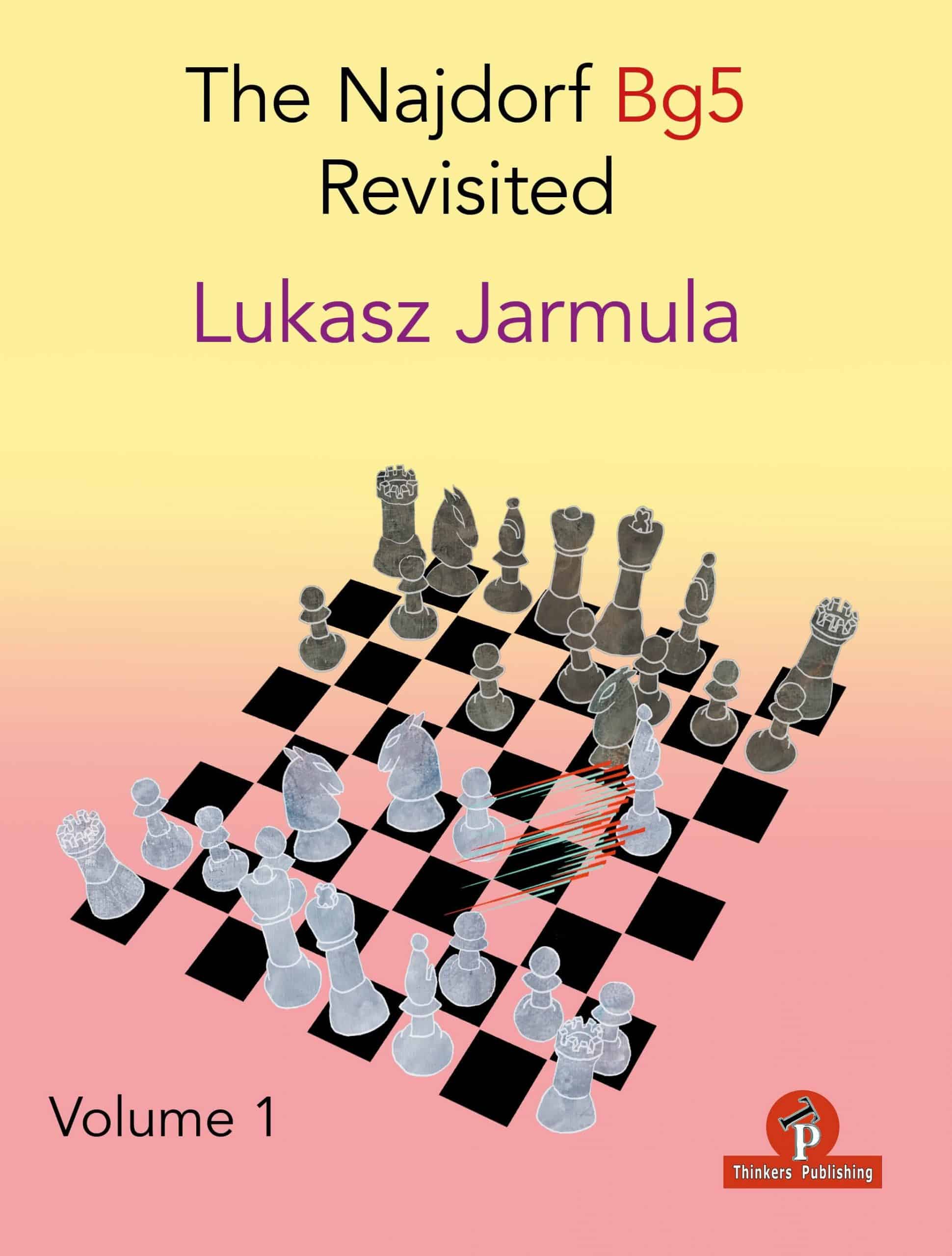The Najdorf Variation of the Sicilian Defence, named after the great Polish-Argentine grandmaster, is one of the most popular chess openings at all levels. It has been championed by many elite players, the three most notable being the world champions Robert Fischer, Garry Kasparov and Viswanathan Anand. It enjoys a reputation as a very theoretically sound and uncompromising weapon. The positions that arise in the Najdorf are among the most complex and double-edged positions you can get out of any opening, making it a very interesting, but also demanding choice. The Najdorf has been a part of my repertoire for many years, bringing me many good results.
This book is an ambitious project. I decided to thoroughly investigate the sharpest line of the Najdorf Variation, namely 6.Bg5, and produce a master repository of the current state of its theory. The book you hold is the result of many months of research and analysis. It is one step ahead of the presently established theory, because I based a lot of my analysis on new correspondence and computer games. During my work, I discovered many subtle nuances as well as spectacular shots. The material can be challenging in its complexity, but also rewarding in its beauty.
The book is intended mainly for advanced and expert players. It is surely worth studying even for very strong grandmasters. In general, the higher your level, the more benefit you will gain from memorizing the lines from the book. However, weaker players can also benefit from studying the material and trying to understand the complex variations. It will certainly improve their tactical intuition. I included a large number of exercises (using critical positions from all the chapters), in which the reader is required to find the best continuation. I believe the process of solving these will greatly help the reader not only to memorize the lines, but also to enhance their tactical and positional skills.
My three most important sources were: Hiarcs 14zb Opening Book, an invaluable tool which provided a tree of the variations based on high-level correspondence and computer games; Parimarjan Negi’s 1.e4 vs The Sicilian I – a modern classic which hardly needs any introduction; and David Vigorito’s Playing the Najdorf: A Practical Repertoire, which is (in my opinion) the best book on the Najdorf to date. For other sources see the bibliography.
Armed with this book’s knowledge, you can enter the tactical jungle of the 6.Bg5 Najdorf with both colors with confidence. I wish you great success in this most exciting of chess variations!
Table of Contents
PART I – Minor Lines
Chapter 1 – Other moves than 7.f4……………………………………………………………….11
Chapter 2 – The Polugaevsky Variation………………………………………………………….39
Chapter 3 – The Gothenburg Variation ………………………………………………………….59
Chapter 4 – The 7…Nc6 Variation ………………………………………………………………..69
Chapter 5 – The 7…Qc7 Variation ………………………………………………………………..73
PART II – The Three Piece System
Chapter 6 – Other moves than 10.g4 …………………………………………………………….97
Chapter 7 – Other moves than 13.f5……………………………………………………………117
Chapter 8 – Mainline with 13.f5………………………………………………………………….139
Chapter 9 – Black inserts …h6 …………………………………………………………………….181
PART III – The Gelfand Variation
Chapter 10 – Other moves than 8.Qf3………………………………………………………..203
Chapter 11 – Other moves than 10.Bd3……………………………………………………..237
Chapter 12 – Mainline with 10.Bd3……………………………………………………………257
PART IV – Test Your Knowledge
Chapter 13 – Exercises……………………………………………………………………………….293
Chapter 14 – Solutions ………………………………………………………………………………339



